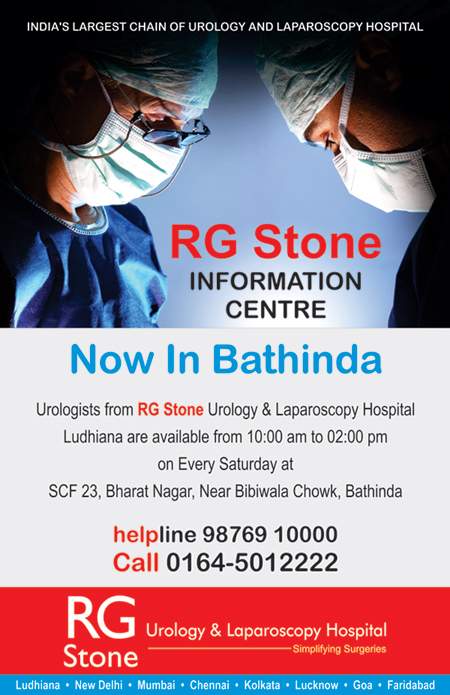The prostate is a gland below the bladder, in front of the rectum, in men and people allocate male at birth. It consists of glandular tissue and connective tissues. It adds fluid to the semen, and its muscles help push semen through the urethra. Conditions that affect the prostate include cancer, prostatitis and benign prostatic hyperplasia. Eat foods that are healthy for prostate health. Visit the best urologist in Ludhiana for reliable treatment because ignoring some issues can prove costly.
10 Great Foods For Prostate Health
- Tomatoes: Tomatoes contain lycopene, an antioxidant that is useful to prostate cells. Cooked tomatoes, including grilled tomatoes, tomato juice and tomato soup, are beneficial as they contain higher levels of lycopene than their uncooked counterparts.
- Berries: Berries, including strawberries, blueberries, and raspberries, are rich in antioxidants that can help protect prostate cells from damage. Including berries in your diet can improve prostate health and overall health.
- Green Tea: Tea leaves are rich in antioxidants and may be less likely than other men to develop prostate cancer. Lycopene has also been related to a reduced risk of developing type 2 diabetes.
- Fatty Fish: Eating fatty fish just once a week could reduce the risk of slowing the development of prostate tumors, even halt any cancer present from advancing, and reduce the risk of an enlarged prostate. In addition to salmon, sardines and trout are also excellent sources of omega-3 acids.
- Pumpkin Seeds: Normal prostate function relies on zinc levels. For this, a handful of pumpkin seeds 1-3 times a week can improve prostate health. Pumpkin seeds contain phytosterol and other vitamins; they are protective compounds that may be responsible for reducing prostate enlargement.
- Nuts: Nuts are also full of healthy fats and contain trace minerals and fibers that can promote prostate health. Nuts such as almonds and walnuts are rich in vitamin E and calcium are known to prevent prostate cancer.
- Garlic: Garlic has anti-cancer, anti-inflammatory, and antioxidant effects. Owing to these effects, garlic and its preparations have been used to treat prostate cancer and relieve BPH symptoms for decades.
- Turmeric: Turmeric and its curcumin extract may help prevent or treat prostate cancer. The warm, bitter spice contains anti-cancerous properties that may stop the growth and development of cancerous cells.
- Legumes: Legumes include beans, peanuts, and lentils. Legumes contain plant compounds called phytoestrogens. These are compounds that may help stop tumor growth in the prostate.
- Vegetables: A varied diet rich in fruits, vegetables, and healthy fats may support prostate health, slow prostate growth, and reduce the risk of developing prostate cancer.
Prevention Tips:
Some of these steps include:
- Go to the bathroom as soon as you have the urge to go. Don’t hold urine.
- Eat well-balanced foods, maintain a healthy weight, and drink plenty of water.
- Remember your urination habits and alert your healthcare provider if you notice symptoms.
Conclusion:
If you notice unusual and severe bladder-related signs after surgery or infection, such as blood in urine, difficulty urination, acute pain, etc., visit Ludhiana’s best urologist. They can evaluate your condition and provide proper treatment.






 RG Stone has become the first hospital in Ludhiana to get Safe-I certificate from National Accreditation Board for Hospitals & Healthcare Providers (NABH).
RG Stone has become the first hospital in Ludhiana to get Safe-I certificate from National Accreditation Board for Hospitals & Healthcare Providers (NABH). 

